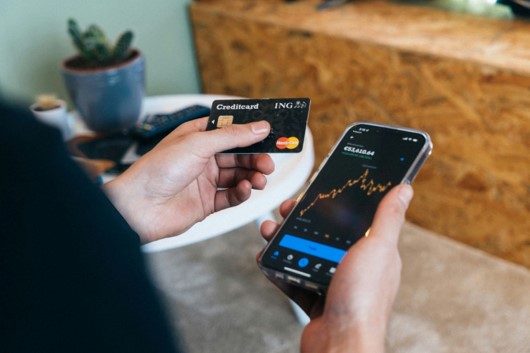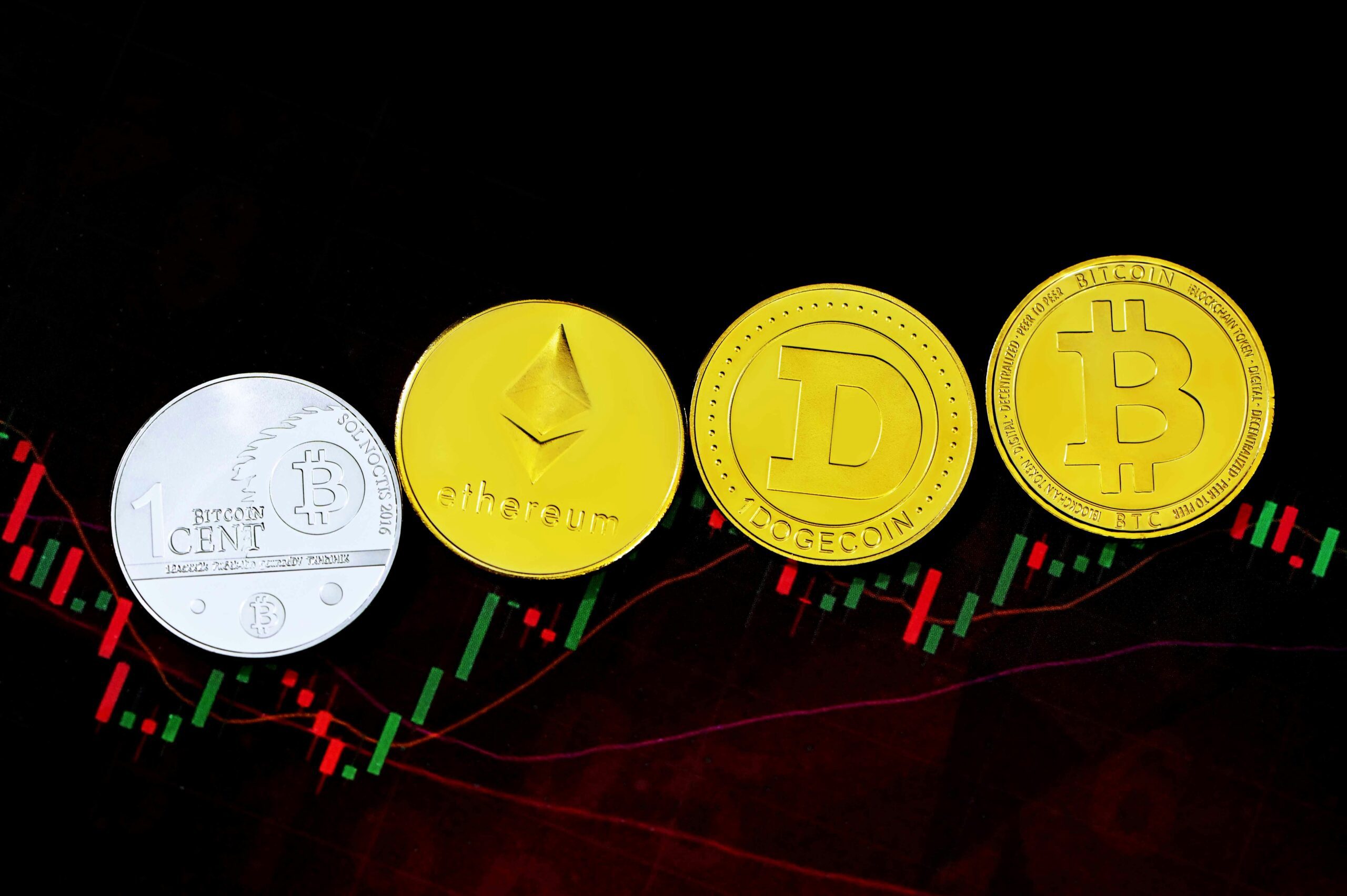Sharing personal information on social media and other digital platforms has become more and more common. Yet, this seemingly innocent activity comes with hidden risks, as it opens the door to data theft. This new reality blurs the line between public and private information, making it all too easy for scammers to access sensitive information.
Moreover, data theft often turns into serious crimes such as identity theft and financial fraud, impacting both people and businesses. In 2023, the situation got worse quickly, with the U.S. reporting 3,205 cases of data compromises, affecting over 353 million people through breaches, leaks, and other exposures, as reported by Statista.
In this blog, we go deeper the growing problem of data theft by exploring how your personal information is stolen and shared online. Also, we’ll give you some tips to help protect your personal information, providing you a shield against the digital scams of our time.
What Is Data Theft and Which Data Can Be Stolen?
Data theft is the illegal access to digital data from computers, servers, or electronic devices, leading to privacy breaches or the unauthorized access of confidential information. The types of information vulnerable to theft include:
- Personally Identifiable Information (PII): Refers to information that can be used to identify a person, including names, addresses, social security numbers, and birth dates. PII is a prime target for identity theft and financial fraud.
- Personal Health Information (PHI): PHI covers medical records, insurance details, and other health-related data. This information can be exploited for insurance fraud or blackmail.
- Financial Information: Includes credit and debit card details, bank information, and other financial data. Attackers use this for making unauthorized transactions or accessing bank accounts.
- Login Credentials: Usernames and passwords for online services like email, social networks, and banking can lead to data theft or illicit activities.
- Communication Data: Emails, texts, voice calls, and other communication forms can be intercepted for motives ranging from personal blackmail to corporate espionage.
- Trade Secrets and Intellectual Property: This category includes proprietary technologies, software codes, algorithms, and sensitive information that can be used for competitive advantages or sold illicitly.
- Customer Records: Personal information, purchase history, and customer data can be targeted for phishing attacks or identity theft.
- Source Codes and Algorithms: These are valuable for creating fake products or accessing secure systems.
How Does Data Theft Happen: Data Breach vs. Data Leak
Data theft happens in various forms, notably through data breaches and data leaks, each with distinct characteristics.
Data Breach
A data breach happens when unauthorized people access secure or confidential information, often with bad intentions. This can be because of hacking, malware, or exploiting system vulnerabilities to obtain financial gain or a strategic advantage, like accessing government intelligence or trade secrets.
Data Leak
A data leak refers to the accidental exposure of private data to the public or unauthorized persons. Causes range from human error and system misconfigurations to negligence, such as mistakenly posting sensitive data online or sending an email to the wrong email address.
Although leaks might not involve direct malicious intent, their consequences, such as reputational damage, financial loss, and legal issues, can be equally devastating.
In the cryptocurrency industry, these threats are particularly serious. Phishing attacks, for example, specifically target cryptocurrency wallets, exploiting the same vulnerabilities to gain unauthorized access.
How Your Data is Stolen and Shared on the Internet
Data theft occurs in diverse ways, driven by technological vulnerabilities, human error, or deliberate malicious intent. Here are the most common methods:
- Phishing Attacks: Cybercriminals use phishing emails, text messages (smishing), or phone calls that pretend to be legitimate sources to trick people into revealing sensitive information like login credentials or credit card numbers.
Verizon’s 2023 Data Breach Report reveals that phishing scams constitute nearly 36% of all data breaches.
- Social Engineering: Social engineering techniques manipulate individuals into giving up confidential information, compromising data security.
- Skimming: Skimming devices, used in credit card theft, capture card information during transactions at ATMs or gas pumps. According to FICO a rise in compromised cards due to skimming in 2023, with total compromised debit cards increasing by 96% from 2022, affecting over 315,000 cards.
- Malware: This includes malicious software, including viruses, worms, ransomware, and Trojans, can be covertly installed on computers or networks to steal data or grant unauthorized access.
Key Statistic
Check Point reported that in 2023, 10% of organizations globally were targets of attempted ransomware attacks.
- Man-in-the-Middle (MitM) Attacks: These attacks occur when someone secretly intercepts and possibly modifies the communication between two people in order to extract data.
- Unpatched Software: Exploiting software vulnerabilities that haven’t been promptly patched allows attackers to gain access or insert malicious code.
- Physical Theft: Criminals can steal devices like laptops, smartphones, or external hard drives, accessing stored data. Dumpster diving for discarded documents or devices is also a method used.
- Weak or Stolen Credentials: Systems become easy targets with weak passwords or unchanged default login details. Additionally, various methods can steal credentials, enabling unauthorized access.
Key Statistic
According to data from Zippia, 80% of data breaches are caused by poor or reused passwords.
- Insider Threats: Employees with malicious intentions might exploit their access rights to illicitly obtain or disclose data.
- Unsecured Networks: Data can be exposed to eavesdroppers on unencrypted or poorly secured networks, especially public Wi-Fi.
- Errors in Databases or Cloud Storage: Incorrectly configured online data storage can allow unauthorized access.
These methods each present a high risk to personal and organizational security, emphasizing the need for high-quality security measures and awareness of the ways to steal data.
How To Protect Your Data on the Internet: 6 Practical Tips
To protect your personal information online, you can follow some of these tips:
- Protect Your Personal Information: Be cautious when sharing personal details. Avoid storing your bank or card information on websites unnecessarily, and avoid oversharing life details on social media to prevent identity theft.
- Stay Safe on Public Wi-Fi: Be extra careful on public Wi-Fi networks, which are less secure and may allow hackers to access private information on your devices.
- Use Strong, Unique Passwords: Avoid using the same password across multiple accounts. A breached password on one site can compromise all other accounts using the same password. Change your passwords regularly, ideally every six months, to prevent unauthorized access.
- Close Unused Accounts: Many of us have online accounts we no longer use that contain sensitive personal data. To prevent this information from falling into the wrong hands, close any accounts you no longer need. This step removes potential vulnerabilities, especially if those accounts share passwords with current services.
- Limit Social Media Sharing: Adjust your social media platform’s security settings to a comfortable level and be cautious about the personal information you share online. Attackers can use information like your address or date of birth to get details about you.
- Stay Informed: Keep up-to-date with the latest security threats and cryptocurrency scam prevention techniques. One recommendation is to monitor news and security websites like the Cryptoscam Defense Network (CDN), which can alert you to potential risks and breaches that may affect you.
Conclusion
Data theft deeply impacts both individuals and businesses, occurring more frequently than we might assume. Related to this, Zippia reveals an important statistic: a new data breach or cyberattack happens every 11 seconds. This statistic highlights the critical importance of adopting vigilant and proactive security practices.
Safeguarding your digital identity is not just about avoiding financial losses; it involves defending against identity theft and cryptocurrency scams. At the Cryptoscam Defense Network (CDN) we keep you informed about the latest threats and provide you with the best practices to protect yourself in the rapidly expanding cryptocurrency market.
We Want to Hear From You!
The fight against cryptocurrency scams is a community effort at Crypto Scam Defense Network, and your insights are invaluable. Have you encountered a scam, or do you have questions about navigating the complex world of digital currency? Maybe you have suggestions or want to share your story to help others. Whatever your experience, we’re here to listen and support you.
Reach out to us at hello@cryptoscamdefensenetwork.com. Share your stories, ask questions, or make comments. Your voice is crucial to building a resilient and informed community. Together, we can improve our defenses and promote a safer digital space for all.
Be a part of the change. Your story matters.
Photo via Unsplash.







